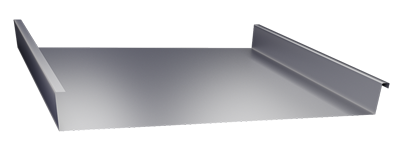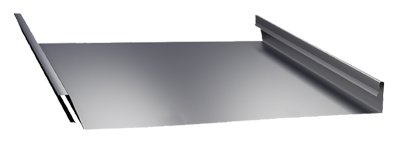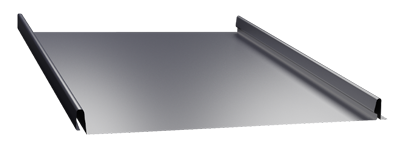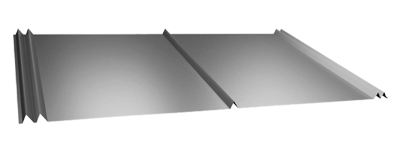Metal roof is all about layers, when it rains, the roof sheds water from one layer to the next until it runs off. If you are a DIY enthusiast and want to install metal roof yourself, follow the tips provided in this handy metal roof installation guide.
You will need the following tools for metal roof installation:
- Basic carpentry tools
- Drill/driver
- Hand seamer
- Aviation snips
- Metal shears
- Fall protection
Please follow the steps below to install your metal roof properly:
- First and foremost, apply the underlayment on the plywood or OSB deck, ensure that it’s flat and wrinkle-free.
- If possible, avoid seams, as it could lead to water getting underneath the panels. Cut the metal roofing panel to fit the length of the roof. You may need a large lift to hoist the panels on top of the roof.
- Before installing trim, you need to cut and bend the leading end to wrap it around the corner. Each trim is a different shape that would require unique cuts and bends.
- Install the eave trim tight to the fascia, and fasten it to the roof deck. In warmer climates, the eave is attached before the underlayment.
- Splice the two trim ends together wherever they meet.
- Use a square reference line for installing roofing panels evenly. Use the 3-4-5 method to establish a reference line 90 degrees to the eave. In the 3-4-5 method, you will make a mark along the eave three feet or any multiple of three, then measure four feet, or the multiple of four toward the ridge, and then from the original corner, measure five feet, or multiples of five, and mark where it intersects the second line. Snap a line from the first three-foot mark from the intersection of the second and third marks, to make a square reference line.
- Set the panels, position closure strips along the eave about one inch from the edge and stick them to the panels with butyl tape.
- Drive screws just right, and clean up any metal shavings or burrs right away as they will rust.
- Overlap the last rib on each panel, make sure that they nest together perfectly.
- After all the panels are fastened, cover the rake edge. Apply butyl tape on the underside of the trim where it lands on the flat part of the roof panels.
- Secure the ridge cap, this will ensure that water exits the roof without ever touching the underlayment.
LOOKING FOR METAL ROOFING SERVICES?
Best Metal Roofing Service in
New Jersey
Make An Appointment Today Using Our Online Form




